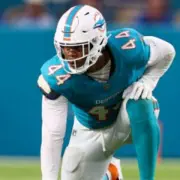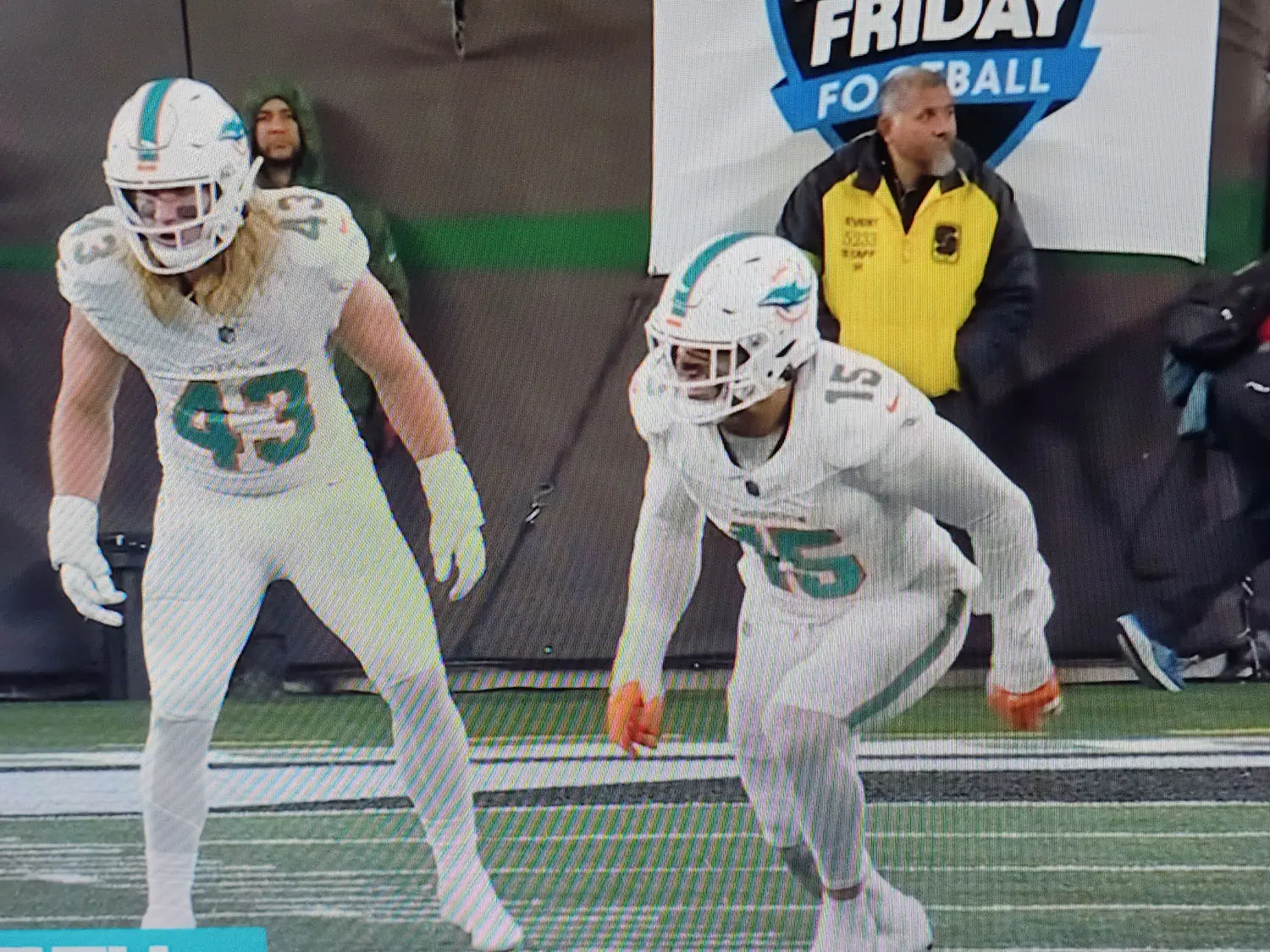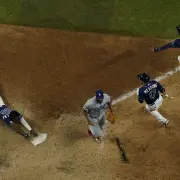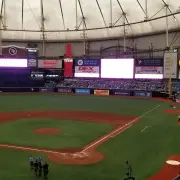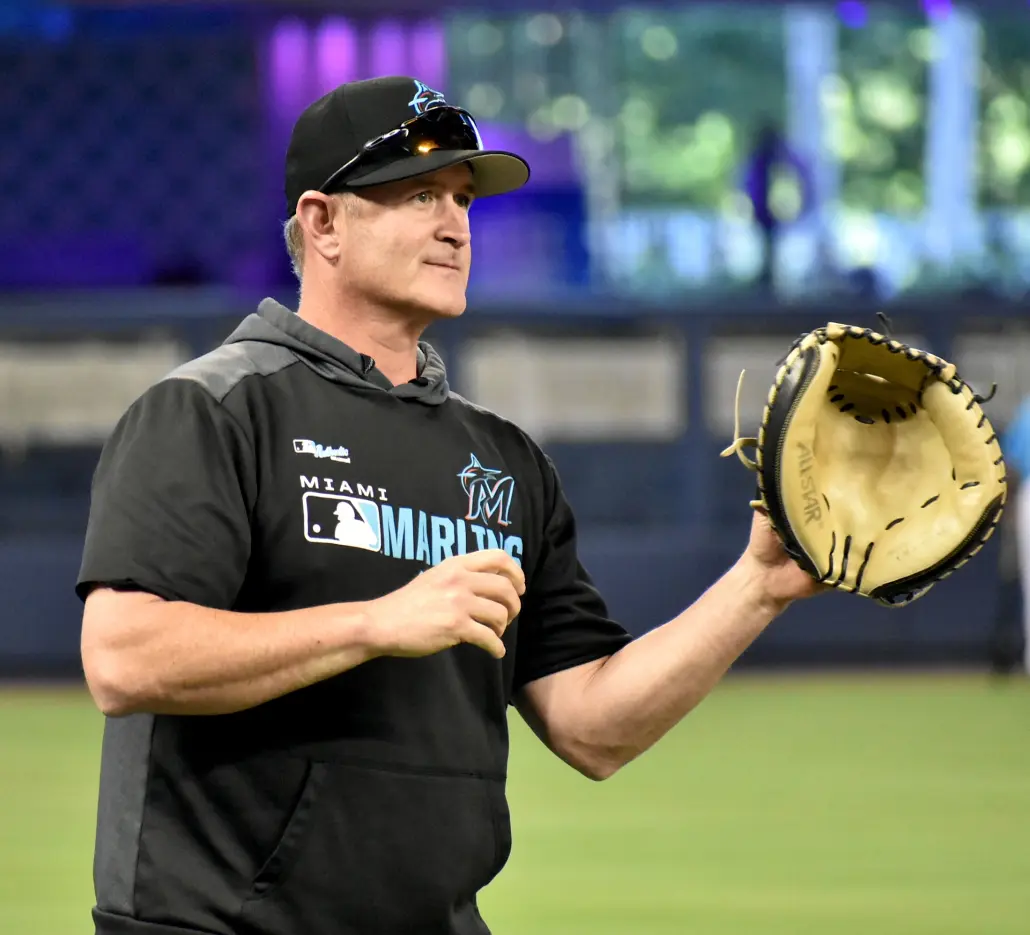Five Dolphins X-Factors Down the Stretch
The Miami Dolphins won their second game in a row in week 11, beating the Los Vegas Raiders at home in convincing fashion, 34-19. The Dolphins now sit at a 4-6 record with a seemingly manageable schedule the rest of the way, despite a more competitive than expected wild card race. As the Dolphins do attempt to gear up for this upcoming stretch run, they’ll need depth pieces to step up, injured players to make triumphant returns, young players to break out, and veterans to earn their keep. With that in mind, here are five crucial x-factors down the stretch who can singlehandedly change the course of the playoff race.
Chop Robinson, EDGE
The Dolphins first round pick is coming alive, folks. Over the last three weeks, Chop has been terrorizing opposing quarterbacks to the tune of two sacks, four quarterback hits, and 15 (!) total pressures, the rookie is finally getting home. That’s not to say he was bad before, his 18.1% pressure rate overall on the season ranks 8th in the NFL among defenders with at least 100 pass rush snaps. Over the last few weeks, however, he has started to finish, and that is exactly what the defense has needed. Prior to the last two weeks, in which the defense had strung together back to back outings of three sacks or more for the first time in 2024, the Dolphins as a team had only produced a meager ten sacks in their first eight games. This ranked them 31st in the NFL, ahead of only the Atlanta Falcons. With a stretch of games upcoming that includes the likes of C.J. Stroud, Jordan Love, and Brock Purdy, the Dolphins will need their rookie edge rusher to continue his midseason breakout if the defense is to be up for the challenge of earning a wild card spot.
Kendall Lamm, OT
With Austin Jackson having season ending knee surgery ahead of week ten’s Monday night matchup versus Los Angeles, Kendall Lamm was tapped to be the blindside protector for Tua Tagovailoa down the stretch for the remainder of the season. The result? Arguably the worst performance of the season for the Dolphins offensive line. The Rams defense was able to generate pressure on Tagovailoa with regularity to the tune of a pressure rate of 25.8%. In week 11, however, the tune was starkly different. Lamm matched up with the vaunted Maxx Crosby for much of the day, and while the Dolphins still were not able to generate much success in the running game, Crosby was only able to generate a pressure on three of his 37 pass rushing snaps, for a lowly pressure rate of 8.1%. Lamm is one of the better backup tackles the league has to offer, and the Dolphins will need him to play as such, especially with a schedule that sees Will Anderson IV, Myles Garrett and Nick Bosa the rest of the way. As important as Lamm is at the tackle spot, this next player is just as important inside, maybe even more.
Isaiah Wynn, IOL
The Miami Dolphins guard play in pass protection this year has been, in a word, bad. According to PFF (controversial, I know), the Dolphins guards have combined to generate a paltry 36 grade in pass blocking sets, that’s out of 100, by the way. Enter Isaiah Wynn, who was designated to return prior to the Dolphins week 11 matchup at home versus the Raiders, opening up his three week practice window. While he remains out versus the Patriots, it is likely that Dolphins fans will be seeing Wynn on the field sooner, rather than later. The benefits of this being two fold, firstly, he will bolster the interior pass blocking on a line that sorely needs a boost in that department. Secondly, ins tepping in at Left Guard, he opens the door for Robert Jones to jump to the right side, allowing him to go back to playing his better position, while also allowing for a true competition between him and Eichenberg at that spot, giving the Dolphins a quality backup along the inside in whoever loses said position battle. If Wynn is able to regain his form, an offensive line combination of Armstead-Wynn-Brewer-Jones/Eichenberg-Lamm may be the best group the Dolphins have trot out to date this season.
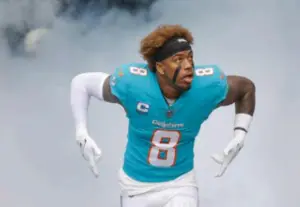
Jevon Holland, S
Jevon Holland wants to get paid this offseason. Jevon Holland, at this point, at least, has not done much to help his cause in the 2024 season, as he has struggled in coverage, to the tune of allowing a 117.3 passer rating in coverage to opposing offenses when being targeted this season, a career worst for the safety to date. Now, Holland has been hampered by injuries this season, but this is a defense that sorely needs him to be the playmaker who generated 9 turnovers across his first three seasons, as this is a Dolphins defense that, while being solid all season long, has occasionally struggled in creating those plays that can change the course of a game, if he is able to reclaim his former form, the defense could have yet another level to hit down the stretch, a pretty scary thought for opposing offenses considering that the defense has been a top 10 unit to this point.
Jaylen Wright, RB
The Dolphins offense is currently in the midst of somewhat of a changing of the guard. While Wright only has had five carries each over the last two games, and has struggled to get any traction with any of those carries, though one can argue one Alec Ingold could remedy these struggles, this was significant in what it is symbolic of and the trend that the offense is moving towards. Dolphins coach Mike McDaniel has used his running back stable almost like a pitching staff to this point, with De’Von Achane operating as the starter and a combination of Jaylen Wright and Raheem Mostert operating as the “closers”, backs who are more capable of providing the physical punishing runs in the fourth quarter to wear down defenses as the game winds down. This role will seemingly become much more important down the stretch as the Dolphins go on the road in tough conditions three times in their remaining eight games (at Green Bay, at Cleveland, at New York). This is exactly where Jaylen Wright fits in, Wright leads all Dolphins running backs with at least 40 carries in yards after contact per carry at 3.6. For context, Derrick Henry averages 3.8 yards after contact per carry. Obviously, this is not to say the 5’10”, 215 pound Wright will continue to run like the 6’2”, 240 pound Henry, but his tough running style will be critical to the Dolphins run game as they play these cold weather games on the road in November/December/January.
With the Dolphins likely needing to win at least six of their remaining seven to keep pace in the AFC, each of these players (and more, of course) will be crucial to the playoff push. In the immediate, though, each of these players will be crucial on a week to week basis, starting with the upcoming week 12 home matchup with Drake Maye and the Patriots.
*******************
Follow @EricWiedeke for Dolphins and Marlins content on the Five Reasons Sports Network.
